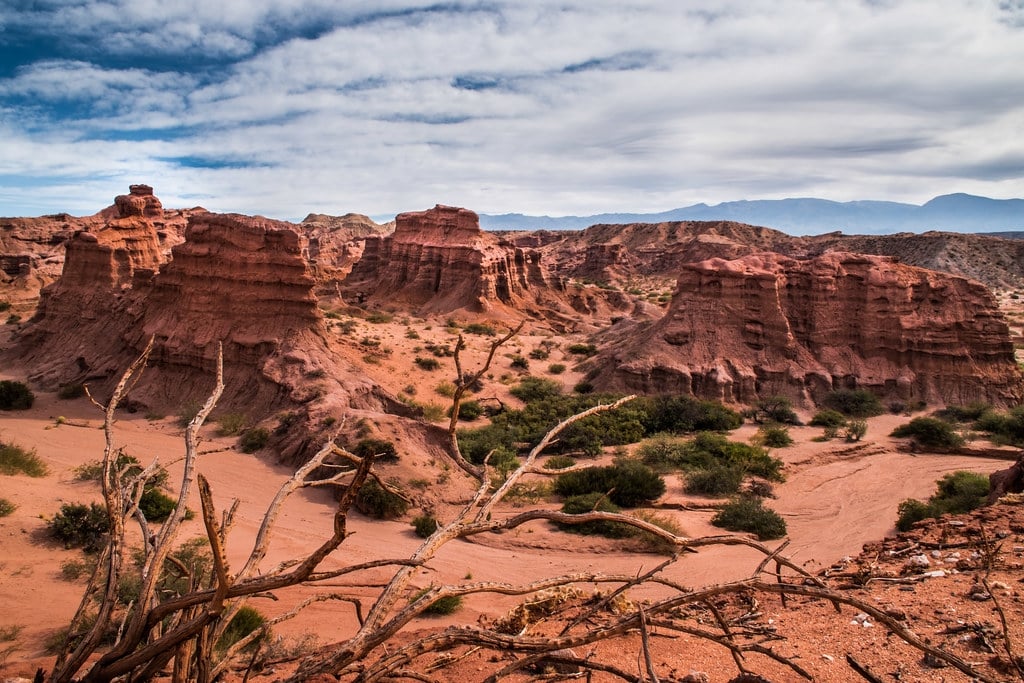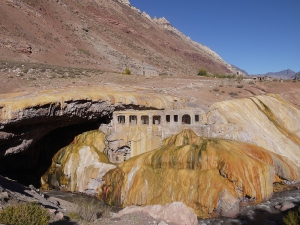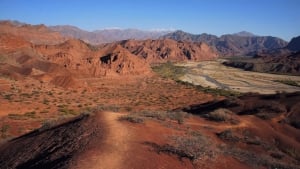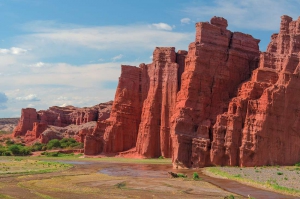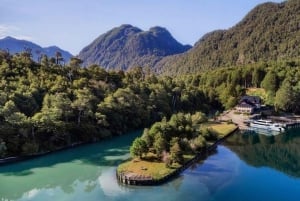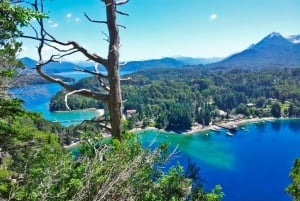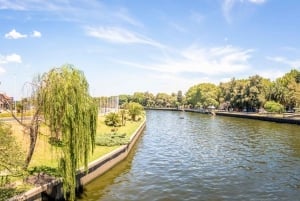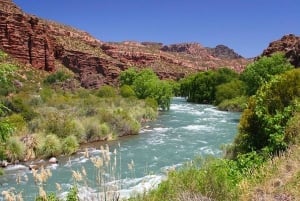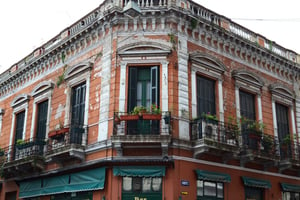Inca Trail in Quebrada de Las Conchas
Book Top Experiences and Tours in Argentina:
If youʻre booking your trip to Argentina last minute, we have you covered. Below are some of the top tours and experiences!- Foz do Iguaçu: Wanda Mines and San Ignacio Ruins Day Trip
- Bariloche: Puerto Blest and Los Cantaros Waterfall
- From Buenos Aires: Colonia Ferry Tickets and Optional Tour
- Buenos Aires: Wine Tasting and Lunch at Bodega Gamboa
- Bariloche: 7 Lakes & San Martin de Los Andes Road Trip
Without a doubt, this is one more attraction for the delight of tourists and visitors who wish to experience up close the materiality of these roads that amazed both the Spaniards of the conquest and researchers and travelers of all times.
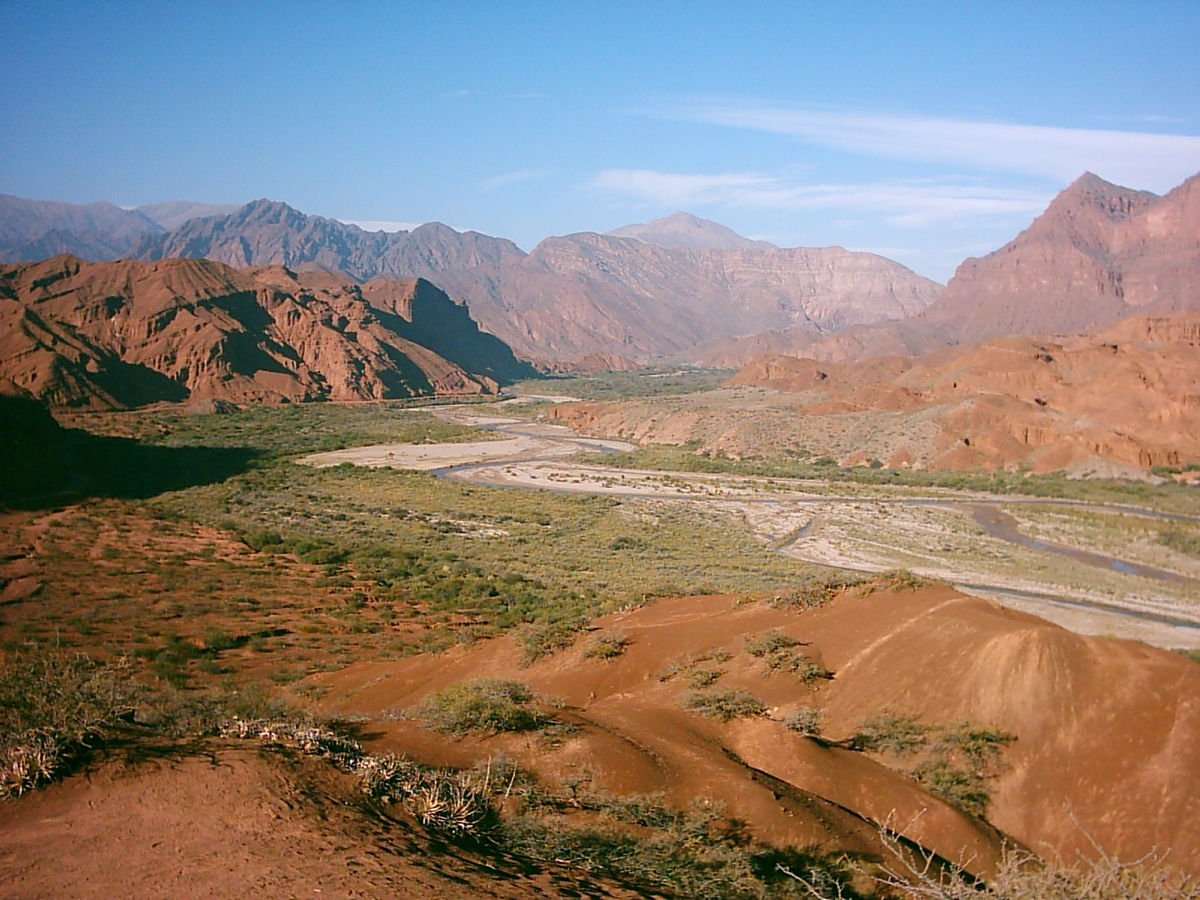
The Inca roads extended along the Andes from the south of Colombia to Mendoza in Argentina and Santiago in Chile, covering an approximate distance of 40,000 km. Due to the great latitudinal and altitudinal development, the imperial road of the Incas traversed the most rugged and varied landscapes, crossing abysmal fords, swamps, lakes, deserts, high peaks, steep slopes, and dense forests.
The roads were built with a practical purpose given the pedestrian traffic of men and llamas, which were used to move minerals and products of all kinds between different regions of the empire. Pre-Columbian road architecture was, is, and will be a source of admiration for both laymen and scientists devoted to its study, since it denotes a deep knowledge of geographical space and engineering, both in perfect communion and harmony about the landscape. Despite the thousands of kilometers of extension and the variety of ecological floors that they crossed, these archaeological roads have constructive similarities that make them characteristic and distinguishable, like the one recently located in the Las Conchas ravine. For example, where the terrain was flattened, they would trace a perfectly straight line, sometimes several kilometers long, such as the Tin Tin straight line, the current vehicular route of the Calchaquíes Valleys which was once a pre-Columbian road. Another distinctive element was that they connected two points or localities using the shortest possible distance, without forgetting or ignoring the availability of water, the lower slope of the terrain, and other characteristics linked to geomorphology which surprises us today. The different techniques applied in the construction of these roads were greatly adapted to the travelers and forms of each landscape, and their objective was to reduce physical effort and wear to a minimum. The high degree of constructive sophistication was represented by constructions such as fixed bridges, wooden or rock cantilever bridges, hanging bridges, floating bridges over lakes, staircases, cable rails, ramps, and huge slopes or artificial walls built over cliffs and steep hillsides, to maintain the line of the road and the altitude level.


